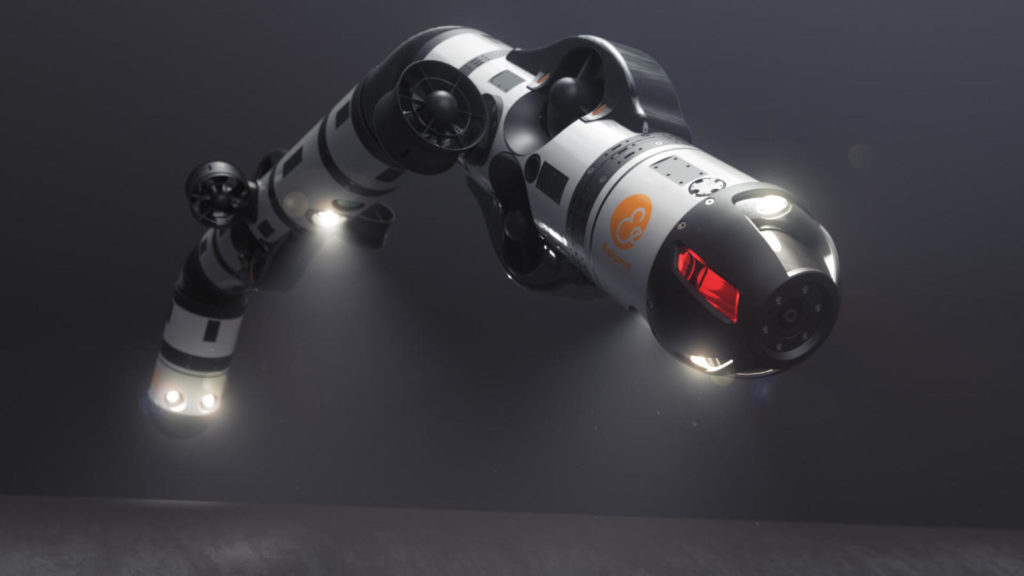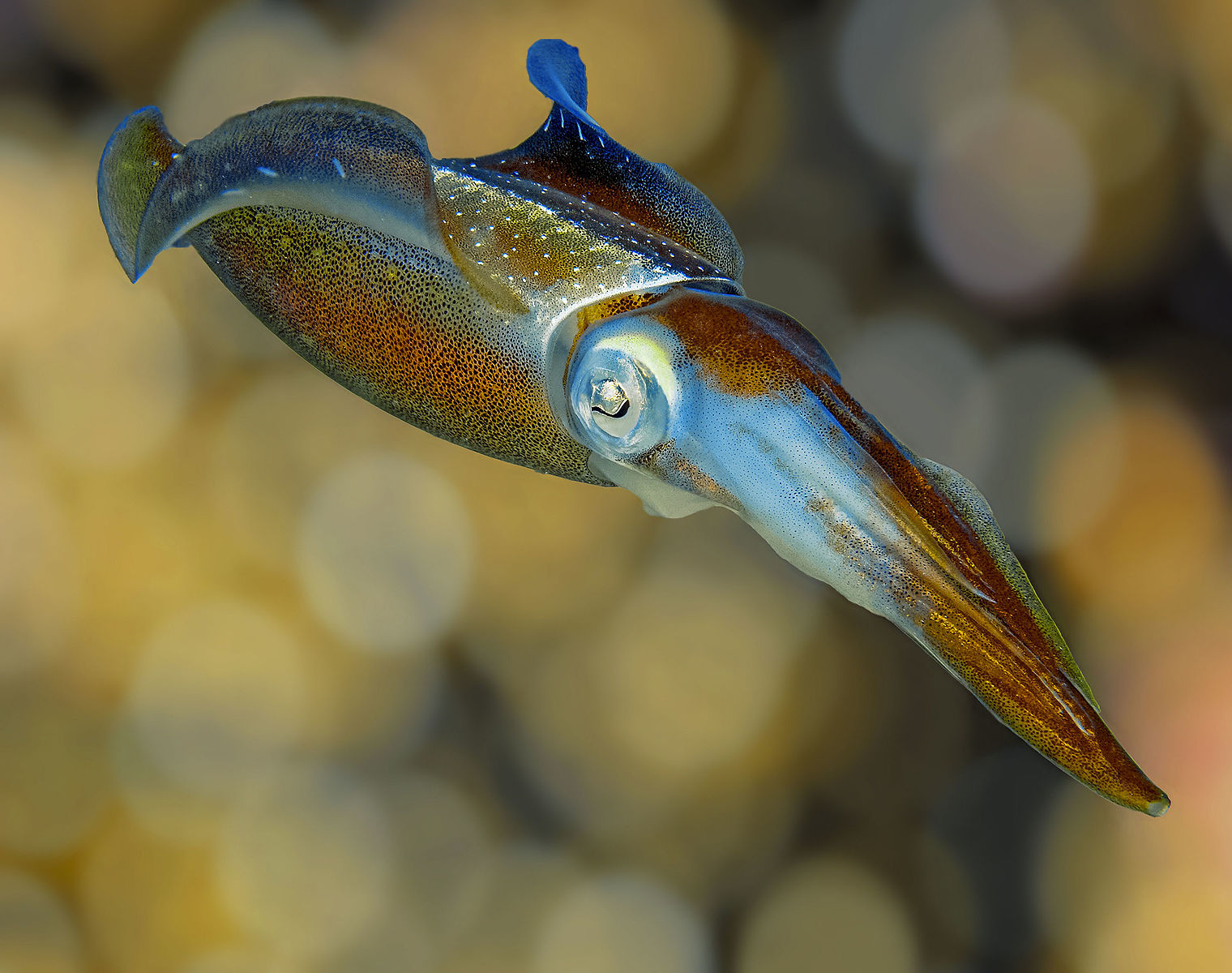The autonomous unmanned vessel (AUV) is not a new solution for the ocean industries, but the rise of digitalisation and increased connectivity has seen them evolve, and spread in use. It is now a big business sector writes, writes Samantha Fisk, and set to grow as businesses find new uses for the technology that is taking inspiration from the natural world.
As digitalisation sweeps across shipping and the other ocean industries the underwater market for autonomous unmanned vessels or ROV’s is becoming a boom industry with new start ups looking to deploy new technology in to this market, or as says: “We are re-inventing the future of the maritime connected world,” says Michal Latacz, co-founder of NOA MARINE a start-up developing underwater drones that mimic squids.
NOA MARINE has been developing its underwater AUV called the Sentinel and will undergo full scale testing at the beginning of 2020. The test will see the AUV operate with a heavy load, of around 30-50kg, over a long distance.
The NOA Sentinel has its roots in what is called biomimicry, using a patented wave drive that mimics quiet undulations of squid wings, instead of using a propeller or jet, and gives the vehicle high thrust and exceptional maneuverability with cargo.
Latacz highlights the advantages of biomimicry in that: “it’s a shortcut for system optimisation. There are plenty of business opportunities under the water. What will be interesting for future developments will be low acoustic profiles that will mean that the vessels will be able to go in to more protected areas.”
However, there is a drawback to mimicking nature too stringently, in that other applications currently being developed along the same ethos are not as robust. “There are companies in Europe that are developing a lot of bionic applications, but they are not robust. You need to add robustness to the biomimicry”, he adds.

The operation of the NOA Sentinel is designed to be a data collection vessel. Currently, NOA MARINE is focusing on its data acquisition platform for the Sentinel,“To solve most significant Baltic sea problems we need to develop and implement efficient methods for acquisition of various types of data in real time,” says Latacz. ”The design of our vehicle enables us to install almost any type of sensor. It will cut data collection prices in half”,
This, he says, means companies will need to invest less than they currently do to get the data that they require.
The NOA MARINE Unmanned Underwater Vehicle project is supported by the joint Bonus Blue Baltic research and development program, that issues calls on ecosystem research innovation and funds projects of high excellence and relevance for the fragile Baltic Sea.
The proposed idea was to build an unmanned technology that would be able to locate sweet water discharges in the Baltic, which is difficult to do at scale due to operational costs of ships and manpower.
Latacz also notes that the high demand for resident AUVs comes from aquaculture companies, the offshore oil & gas sector and now ports. There is a strong push for improvements of preventive measures to safeguard the port from illegal access into its infrastructure and vessels, he says.
Norwegian technology giant Kongsberg has also been investing in underwater systems of its own through the TechStars accelerator programme, which last year saw Eelume the Articulated Subsea IMR Robot for the oil and gas market win the prize.
Eelume articulated robot technology has emerged from more than 10 years of scientific research into snake-like robotics at NTNU – the Norwegian University of Science and Technology, and SINTEF the applied research organisation, both based in Trondheim.
One of the highlights about the Eelume ROV is its ability to remain permanently underwater if needed. The company has achieved this by using a sub-sea docking station. The Eelume subsea docking solutions are designed to support the robot being used in both tethered (power and control via a cable), and future tether-less operation with the vehicle being powered by its on-board rechargeable battery modules.

The adaptability of the underwater drone is stepping up in leaps and bounds with markets such as the oil and gas and aquaculture market primed for such technology, as the needs for further sea exploration continues.
The next big challenge for drones is harvesting the data, particularly in the oil and gas subsea sector, which Latacz notes can be a sensitive subject.
































